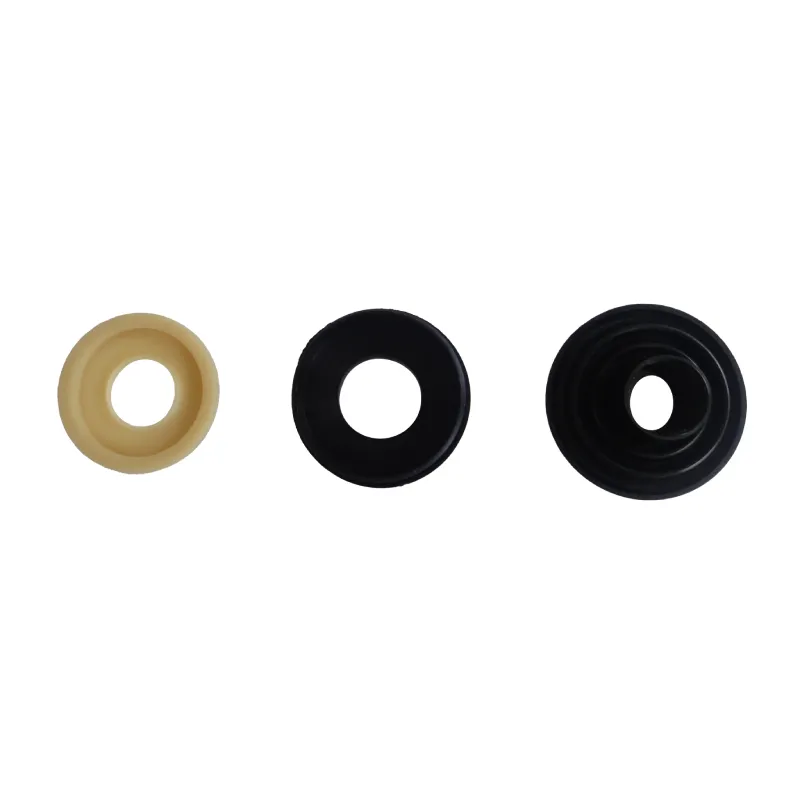 Afrikaans
Afrikaans  Albanian
Albanian  Amharic
Amharic  Arabic
Arabic  Armenian
Armenian  Azerbaijani
Azerbaijani  Basque
Basque  Belarusian
Belarusian  Bengali
Bengali  Bosnian
Bosnian  Bulgarian
Bulgarian  Catalan
Catalan  Cebuano
Cebuano  Corsican
Corsican  Croatian
Croatian  Czech
Czech  Danish
Danish  Dutch
Dutch  English
English  Esperanto
Esperanto  Estonian
Estonian  Finnish
Finnish  French
French  Frisian
Frisian  Galician
Galician  Georgian
Georgian  German
German  Greek
Greek  Gujarati
Gujarati  Haitian Creole
Haitian Creole  hausa
hausa  hawaiian
hawaiian  Hebrew
Hebrew  Hindi
Hindi  Miao
Miao  Hungarian
Hungarian  Icelandic
Icelandic  igbo
igbo  Indonesian
Indonesian  irish
irish  Italian
Italian  Japanese
Japanese  Javanese
Javanese  Kannada
Kannada  kazakh
kazakh  Khmer
Khmer  Rwandese
Rwandese  Korean
Korean  Kurdish
Kurdish  Kyrgyz
Kyrgyz  Lao
Lao  Latin
Latin  Latvian
Latvian  Lithuanian
Lithuanian  Luxembourgish
Luxembourgish  Macedonian
Macedonian  Malgashi
Malgashi  Malay
Malay  Malayalam
Malayalam  Maltese
Maltese  Maori
Maori  Marathi
Marathi  Mongolian
Mongolian  Myanmar
Myanmar  Nepali
Nepali  Norwegian
Norwegian  Norwegian
Norwegian  Occitan
Occitan  Pashto
Pashto  Persian
Persian  Polish
Polish  Portuguese
Portuguese  Punjabi
Punjabi  Romanian
Romanian  Russian
Russian  Samoan
Samoan  Scottish Gaelic
Scottish Gaelic  Serbian
Serbian  Sesotho
Sesotho  Shona
Shona  Sindhi
Sindhi  Sinhala
Sinhala  Slovak
Slovak  Slovenian
Slovenian  Somali
Somali  Spanish
Spanish  Sundanese
Sundanese  Swahili
Swahili  Swedish
Swedish  Tagalog
Tagalog  Tajik
Tajik  Tamil
Tamil  Tatar
Tatar  Telugu
Telugu  Thai
Thai  Turkish
Turkish  Turkmen
Turkmen  Ukrainian
Ukrainian  Urdu
Urdu  Uighur
Uighur  Uzbek
Uzbek  Vietnamese
Vietnamese  Welsh
Welsh  Bantu
Bantu  Yiddish
Yiddish  Yoruba
Yoruba  Zulu
Zulu Selecting the Right Lagging Material for Conveyor Pulleys to Enhance Performance and Durability
Conveyor Pulley Lagging Material Importance and Options
Conveyor systems play a crucial role in various industries, facilitating the efficient movement of materials across different operational areas. A vital component of these systems is the conveyor pulley, which often requires lagging to enhance its performance and longevity. Understanding conveyor pulley lagging material is essential for optimizing conveyor system efficiency and minimizing maintenance costs.
What is Conveyor Pulley Lagging?
Conveyor pulley lagging refers to the material that is applied to the surface of a conveyor pulley. The primary purposes of lagging are to improve traction between the pulley and the conveyor belt, reduce wear and tear on the pulley, and prevent belt slippage, which can lead to material spillage and decreased system efficiency. Effective lagging enhances the overall performance of the conveyor system by maintaining belt alignment and extending the life of both the belt and the pulley.
Types of Lagging Materials
There are several types of lagging materials available in the market, each offering unique advantages depending on the application and operational conditions
. Here are some of the most commonly used materials1. Rubber Lagging This is the most widely used lagging material due to its excellent wear resistance and grip. Rubber lagging can be found in various thicknesses and surface textures, providing versatility for different applications. It is effective in applications where there is significant abrasion, such as in mining and aggregate handling.
2. Ceramic Lagging For extremely abrasive environments, ceramic lagging is an ideal choice. It features ceramic tiles bonded to a rubber base, providing superior abrasion resistance. This type of lagging is commonly used in industries where materials with high hardness levels are transported, such as cement and mineral processing.
3. Polyurethane Lagging Polyurethane offers a balance between abrasion resistance and elasticity. It is less dense than rubber and can provide better performance in terms of wear resistance and flexibility. This type of lagging is suitable for applications where the conveyor belt experiences high levels of tension.
conveyor pulley lagging material

4. Friction Lagging Often used in applications requiring additional grip, friction lagging materials may include textures or grooves that further enhance the friction between the pulley and the belt. This type improves the overall traction, making it suitable for steep conveyor applications.
5. Vinyl Lagging Vinyl materials can also be employed in specific applications, particularly where corrosion resistance is required. Vinyl lagging performs well in environments where chemical exposure may be a concern.
Benefits of Proper Lagging
Investing in the right conveyor pulley lagging material offers numerous benefits
- Enhanced Grip High-quality lagging materials significantly improve the traction between the pulley and conveyor belt, reducing the likelihood of slippage. - Extended Equipment Life Lagging serves to protect pulleys from abrasive materials, prolonging their operational life and thereby reducing replacement costs.
- Reduced Maintenance Effective lagging minimizes wear on the conveyor belt and reduces the frequency of maintenance checks and repairs.
- Operational Efficiency With improved grip and reduced slippage, conveyor systems can operate at optimal efficiency, ensuring a smoother material flow.
Conclusion
In the world of material handling, choosing the right conveyor pulley lagging material can have a significant impact on the performance and durability of the entire conveyor system. Each type of lagging offers different benefits, and understanding the specific requirements of the operational environment is crucial for making an informed decision. Ultimately, investing in proper lagging not only enhances operational efficiency but also contributes to long-term cost savings by extending the life of conveyor components.
-
Revolutionizing Conveyor Reliability with Advanced Rubber Lagging PulleysNewsJul.22,2025
-
Powering Precision and Durability with Expert Manufacturers of Conveyor ComponentsNewsJul.22,2025
-
Optimizing Conveyor Systems with Advanced Conveyor AccessoriesNewsJul.22,2025
-
Maximize Conveyor Efficiency with Quality Conveyor Idler PulleysNewsJul.22,2025
-
Future-Proof Your Conveyor System with High-Performance Polyurethane RollerNewsJul.22,2025
-
Driving Efficiency Forward with Quality Idlers and RollersNewsJul.22,2025





























